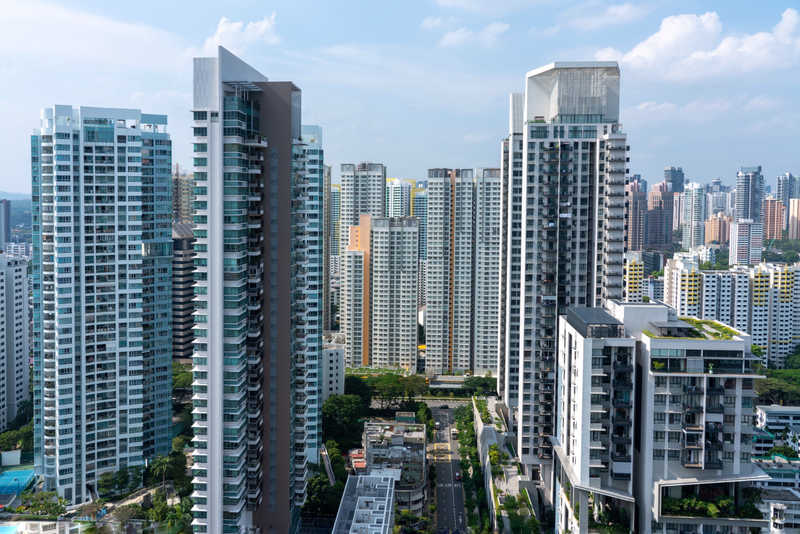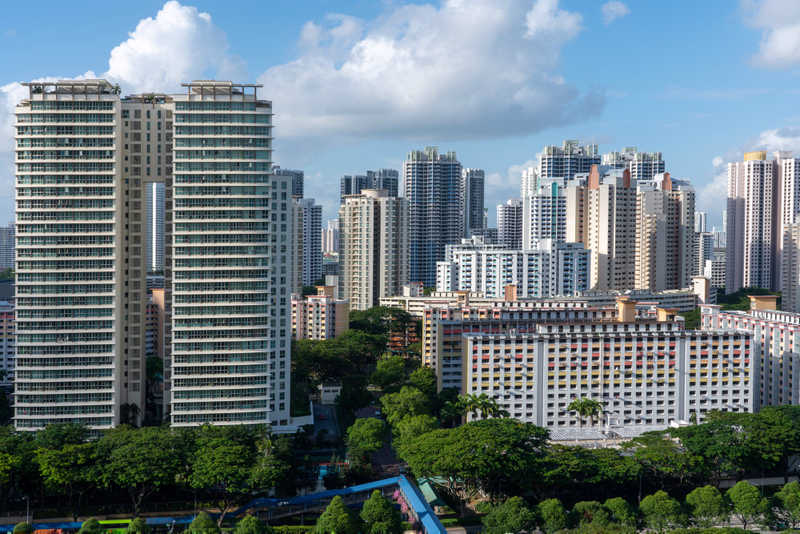Mumbai commercial realty: An overview
 Mumbai, the financial capital of India, has been attracting international companies to set up their offices in the city. The city boasts to be the biggest urban agglomeration in India, which has the costliest real estate in the country. Let us take a look at how commercial real estate has been faring in Mumbai.
Mumbai, the financial capital of India, has been attracting international companies to set up their offices in the city. The city boasts to be the biggest urban agglomeration in India, which has the costliest real estate in the country. Let us take a look at how commercial real estate has been faring in Mumbai.
Biggest commercial hub
Real estate in Mumbai has been resonated with a strong commercial realty. Mumbai has 7.82 million sqm of Grade A office space as of December 2012. Of this, 5.93 million sqm of which is occupied. Compared to Mumbai, other business hubs like Bangalore and NCR-Delhi have Grade A office space of only 6.31 and 5.78 million sqm respectively. By 2015, Mumbai is set to have 10 million sqm of office space, the first Indian city to achieve the feat.
BFSI (Banking, Financial Services and Insurance) sector has been the highest office space absorber traditionally. The IT sector has emerged as a rival for the BFSI sector in recent past. However, healthcare, professional services and transportation warehousing also have become major players in Mumbai commercial real estate.
While the BFSI sector is mainly concentrated in CBD-South and Bandra Kurla Complex (BKC), IT sector is primarily concentrated in the suburban areas. Professional services are spread out in SBD-Central, where rents are lower as compared to the BKC and CBD-central. Warehousing, media, manufacturing, pharma and consumer goods have made the suburban areas their stronghold.
Dip in absorption
Office space absorption came down from 9.6 million square feet in 2011 to 6.6. million square feet in 2012. Overall performance of Indian real estate has been not too bright in 2012, which has suffered from the slowdown in global economy, poor performance of Indian economy and sluggish sales triggered by low demand.
The BFSI sector saw less transactional activity. However, the commercial sector was boosted by the media and pharma sector which continued to thrive.
Average price and rent
The average price (Rs/per sq ft) and rent of some of the key areas in Mumbai are as follows. These price and rental values are given as per October-December quarter in 2012.
|
Locality |
Average Price (Rs /sq ft) |
Average Rent (Rs /sq ft) |
|
Andheri East |
14300 |
104 |
|
Bandra Kurla Complex |
31350 |
240 |
|
Bandra West |
13900 |
140 |
|
Nariman Point |
42600 |
228 |
|
Santacruz West |
22700 |
139 |
|
Worli |
24600 |
160 |
|
Borivali West |
18735 |
94 |
|
Dadar West |
26800 |
137 |
Emerging Business Districts
Mumbai’s office space market has expanded to a great extent in the last few years. Apart from Central Business District (CBD), new areas have come up as business hubs as well. While the city’s old CBD accounts for 0.53 million sqm of office space, Bandra Kurla Complex has emerged as the new CBD, accounting for 0.74 million sqm office space.
The suburban areas of Mumbai accounts for 70% of total office space in the city now. As seen in the table above, the difference in rentals between the CBD and emerging areas is also narrowing down gradually.
Office space market in 2012: Key features
Capital values outgrew the rental growth in 2012. While capital values appreciated by 5% in most of the sub markets, rental growth has been 3% year-on-year basis in prime areas like SBD Central, SBD BKC, Western Suburbs, Thane and Navi Mumbai.
The manufacturing and industrial sector along with the IT sector led the growth band wagon with over 50% leasing activity. The BFSI sector accounted for 20% of all leasing.
New office supply with quality spaces were absorbed despite the global slowdown and debt crisis. Office supply with modern facilities in sub markets met with good responses. The rents were stabilised in micro-markets, despite the fact that the vacancies remained on the higher side.
Office space in 2013: Predictions
Vacancy is set to be reduced for the first time in years. At present, the office space vacancy stands at 22% and it is set to come down from fourth quarter of financial year, 2013.
Demand is set to go up as compared to 2012. Specially in the last two quarters of 2013, leasing activity will be boosted as corporates will be looking to cash on the stabilisation of rentals.
Completion rate and deliveries of office spaces will stagnate and construction is not set to pick up until 2015.
Rents are expected to go up by 6% in 2013, due to the scarcity of supply of grade A office space. Capital values of micro-markets are to be gone up by 7% in 2013 as well.
Related Real Estate Articles:
NCR and MMR: Differences between two realty hubs
Real estate expectations from budget 2013-14
Major challenges for Indian real estate
Image courtesy of Suwit Ritjaroon at FreeDigitalPhotos.net







